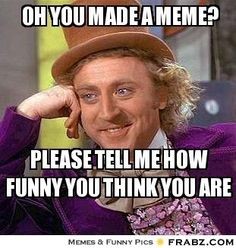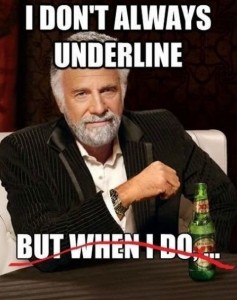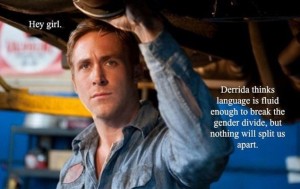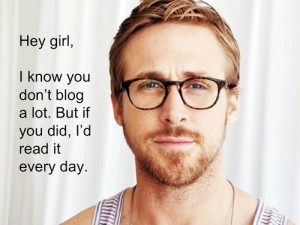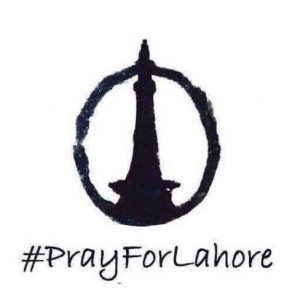“Social Media, Memes, and Online Activism”
In the last five years or so, memes have significantly altered the way in which we access the internet; When it comes to visiting popular social media sites such as Reddit or Tumblr, or logging into our personal accounts on Facebook, Twitter, and Instagram, we are no longer faced with an “either/or” scenario of text-based versus image-based digital platforms. Instead, we’ve come to expect a seamless merging of these two styles in the form of entertaining, usually clever, and oftentimes humorous memes. Since we covered issues of collaborative culture and Wikipedia last week, it’s worth noting that Wikipedia defines an “internet meme” as a concept that “spreads rapidly from person to person via the Internet, largely through Internet-based E-mailing, blogs, forums, imageboards like 4chan, social networking sites like Facebook, Instagram or Twitter, instant messaging, and video hosting services like YouTube” (Wikipedia, 2016). However, it interestingly defines the general concept of a “meme” slightly differently, with a distinct emphasis on shared culture: “A meme is ‘an idea, behavior, or style that spreads from person to person within a culture.’ A meme acts as a unit for carrying cultural ideas, symbols, or practices that can be transmitted from one mind to another through writing, speech, gestures, rituals, or other imitable phenomena with a mimicked theme” (Wikipedia, 2016). The internet meme, in my opinion, merges these two notions of rapid technology and shared culture, taking a static image and altering it into a universal symbol to convey ideas of sarcasm, happiness, confusion, or humor.
The idea of universality is actually quite important when it comes to structuring an “effective” meme. Not only do memes have to be readily understood in their created context, but certain people/images have become famous “stock” memes, specifically tailored to these settings. When it comes to images from TV and film, we often see the use of the Willy Wonka image to convey extreme sarcasm, the Dos Equis “Most interesting man in the world” to describe irritating universalisms (i.e. “I don’t always…but when I do”), and Lord of the Rings Bormomir’s famous “One does not simply walk into Mordor” quotation to poke fun at seemingly simple but unexpectedly difficult tasks:
However, average people have also become meme stars overnight, this post detailing the people behind the memes, the circumstances that led to the photos being taken, and what they’re doing today. Still curious about what memes are popular and how they relate to pop culture? Knowyourmeme.com provides a “memebase” that can explain the finer details to you, with “about,” origin, type, year created, spread, notable examples, and google search interest sections on each of the memes in their database (it’s awesome).
The reason memes work is because they allow for a conscious fusion of the practices intrinsic to digital/visual rhetoric and pop culture in the form of a remix: that is, a creation that appropriates or alters an existing work to appeal to a new audience. Within a meme, the “original” is still visible in the form of the image being utilized, but the appropriation of the image occurs via the text that is superimposed on top of the image. This is an especially fun concept to teach. In my own classes I’ve used some of these memes to get this idea of “same image, new text, different audience” across:
The Internet, of course, has taken some of these ideas to the next level and created a cult following around certain celebrities and image bases. The “Hey, girl…” literary Ryan Gosling memes are a favorite of mine:
As is this gallery which appropriates famous paintings and doctors them with well-known movie quotes from Mean Girls:
Although meant to be humorous at its core, the collaboration of literary concepts/Ryan Gosling and Mean Girls/famous art allow us to see the potentially transformative power of memes to instruct by providing an opening to their audience that makes dense content more accessible.
Although they often are, memes don’t always have to be funny, and this idea of memes and transformation relates to their use as a platform for social activism. For example this “Pray for Paris” meme after the terrorist attacks of November 2015 went viral:
Just as a remediation of that image is currently being used to promote awareness for the attacks in Lahore this past weekend:
This YouTube video from 2013 discusses the use of memes for awareness purposes (specifically discussing their role in the Supreme Court’s consideration to legalize same sex marriage). However, it asks us to consider whether memes to promote social change can be called “activism” or if it’s instead a form of “slacktivism” (i.e. is it a lazy way of drawing attention to an important cultural issue that’s easier and quicker than writing an article, a blog post, or a speech). I think that parsing a distinction that severe between these two sides is overly simplistic, and fails to account for the way in which most of the world receives (and wants to receive) information in the digital era. The use of memes for social activist purposes isn’t necessarily lazy (although I suppose it could be in specific instances), but it is adaptive, tailoring itself to the most common ways we receive news, demonstrate interest, and participate in shared cultural practices.
Sources:
“Meme.” (n.d.) Retrieved March 28, 2016 from Wikipedia. Wiki: https://en.wikipedia.org/wiki/Meme
ThinkTank. “Is Meme Activism the Next Big Thing in Social Change?” Online Video Clip. YouTube. YouTube, 16 Apr. 2016. Web. 28 Mar. 2016.
